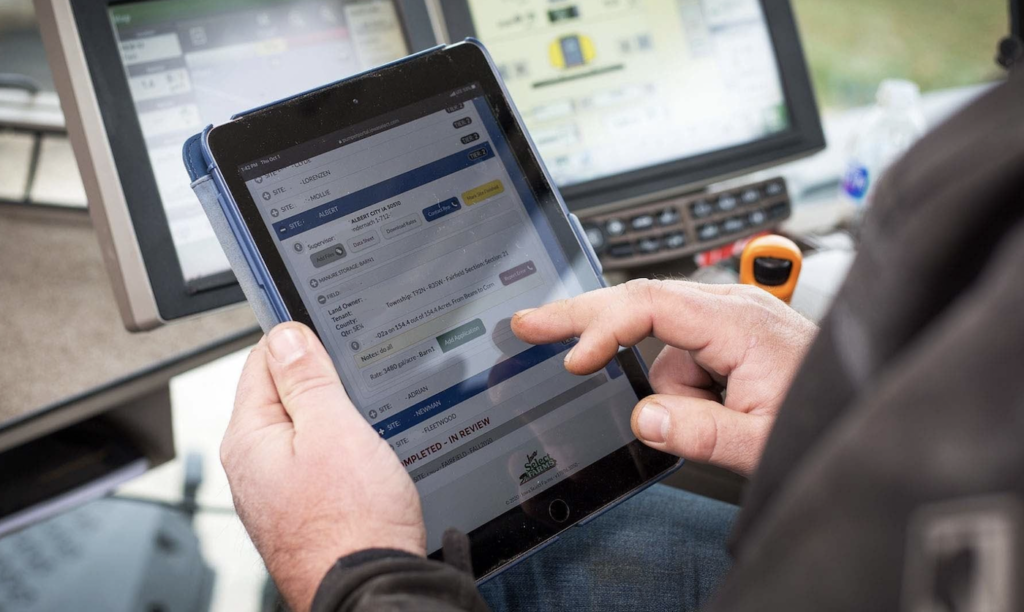The 21st century has revolutionized the way people travel. Maps are now digitized by the Geographic Information System(GIS), which uses real-time spatial analytics to give exact information about the latitudes and longitudes of the desired location.
Originated in 1963, GIS is now used in planning towns, architectural projects, navigation purposes, and by many businesses.
Let us learn in detail about how businesses benefit from GIS postal boundaries.
Working Mechanism of GIS
Basically, GIS digitalizes any content that has a set of coordinates. It uses two techniques to execute this, namely Geocoding and spatial analysis.
Geocoding identifies locations or postal code boundaries and highlights them on the digital map. The Spatial Analysis recognizes the inquired locations and predicts the distance between them. This information is presented as the visual patterns by GIS mapping.
An easy example to understand this concept is a school. It has fixed opening and closing timings, and so is the number of students. The GIS software marks this school and analyzes its busy and free hours.
It also interprets the relation of other geographical points with the school’s location. This helps in interpreting the school’s demographics and innovate plans needed to enhance student’s skills based on their community standards.
Benefits of GIS in Businesses
Different sectors utilize GIS for its unique uses. Few are listed below.
Logistics Management: With GIS, logistics is now much more beyond the transportation of goods.
This includes tracking the consignment to getting automatic information about the road, its speed parameters, traffic situation, and weather forecasts. This helps in planning safety assured routes and confirm early shipment and delivery timelines.
Marketing strategy: As explained earlier via an example of the school, similarly, GIS can enhance a company’s turnover rate by analyzing potential customer’s shopping patterns and an appropriate location for a new facility setup.
This gives businesses a raw idea about their customer’s demands and problems. They can contemplate their marketing strategy, as per the demographic dividend, and modify it to boost their market presence.
Environment impact assessment: Experts from the field of architecture and environment have explored GIS to its maximum capabilities. It helps them to plan towns and cities, check land’s proximities to outsiders such as terrorists, evaluate seasonal weather conditions and also predict repercussions of town settlement and construction process on the climate.
Although the climate crisis is a global problem, the solution to it lies at the local level. Different geographical locations have a variable impact on the environment. This can be investigated by spatial analysis.
The deforestation statistics, soil erosions, sea-level fluctuations, and pollutant emission rates vary for a population. Compare Tokyo to the Vatican, and you will understand the difference.
Geo-mapping lets you identify clusters of such places from the comfort of laboratories and offices and helps scientists segment solutions as per the location.
Community health: The healthcare sector invests a lot in GIS. The spatial analysis maps out places prone to particular diseases based on pollution levels, food and water quality, and lifestyles.
Epidemiologists refer to GIS as a blessing in times of pandemics when geographical management of a disease is necessary to achieve a global slowdown in terms of transmission of the disease.

